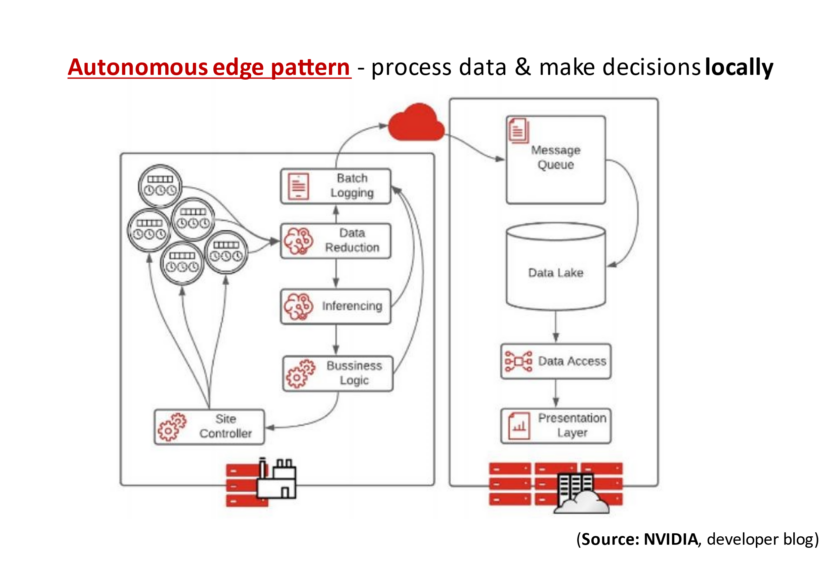AI, agila metoder, IT arkitektur
AI: Arrhenius ready to go 2025. Let’s keep in mind Green AI and innovative algorithms too.

A new European-Swedish supercomputer for academia and industrial R&D is taking shape at the University of Linköping (a.k.a. the “Saab city”). Its computing capability will be tens of petaflops (i.e. > 10 000 000 000 000 000 ). floating-point calculations/second) in order to tackle AI/ML and other big-data HW demanding tasks. Three cheers for it. That said, let’s remember SW innovation as well because they´re two communicating vessels.
In IT-architect-ish, concurrency and new powerful HW are supply-based performance tactics; new efficient algorithms and efficient data processing of “bigger data” per calculation-run (and thus less overhead) are demand-control (efficiency-based) performance tactics. Typically, you employ both supply/new resources and demand control, be small data or big++. Most of green IT and AI employ both. Plus, you usually combine architecture tactics and architecture patterns, such as Autonomous Edge (in many apps) or Federated Learning (to make ML apps more resource-efficient), increasingly prioritizing “green” or “greener” as a key quality requirement. I often use this pattern slide in Informator’s course Agile Architechture Fundamentals:

Green IT and AI will remain a high-priority area for the next couple of years, thanks to several new initiatives by governments, EU, and industry (see also the CPFH diagram in my recent Saab EWS and Gripen/E blog).
The combined green and digital/intelligent transition was the backbone of the Future of Democracy Summit in Gothenburg in May, with partners like AI Sweden, Gothenburg University, Microsoft, or Google. Last week, the British government announced a four-million GBP funding for green AI solutions to accelerate industrial decarbonization across the UK. And the list goes on.
Long story short: be Medtech/Biotech, Miltech/Aerotech, Fintech, or Industry4.0, IT architects have to make it Green as well.

by Milan Kratochvil.
Trainer at Informator, senior modeling and architecture consultant at Kiseldalen’s, main author: UML Extra Light (Cambridge University Press) and Growing Modular (Springer). Advanced UML2 Professional (OCUP cert level 3/3). Milan and Informator collaborate since 1996 on architecture, AI, rules, modeling, UML, requirements, and design. You can meet him this autumn at these courses in English or Swedish (remote participation is offered and highly recommended) :
AI, Architecture, and Machine Learning
Agile Architechture Fundamentals
Avancerad objektmodellering med UML
(on demand: Modular Product Line Architecture )